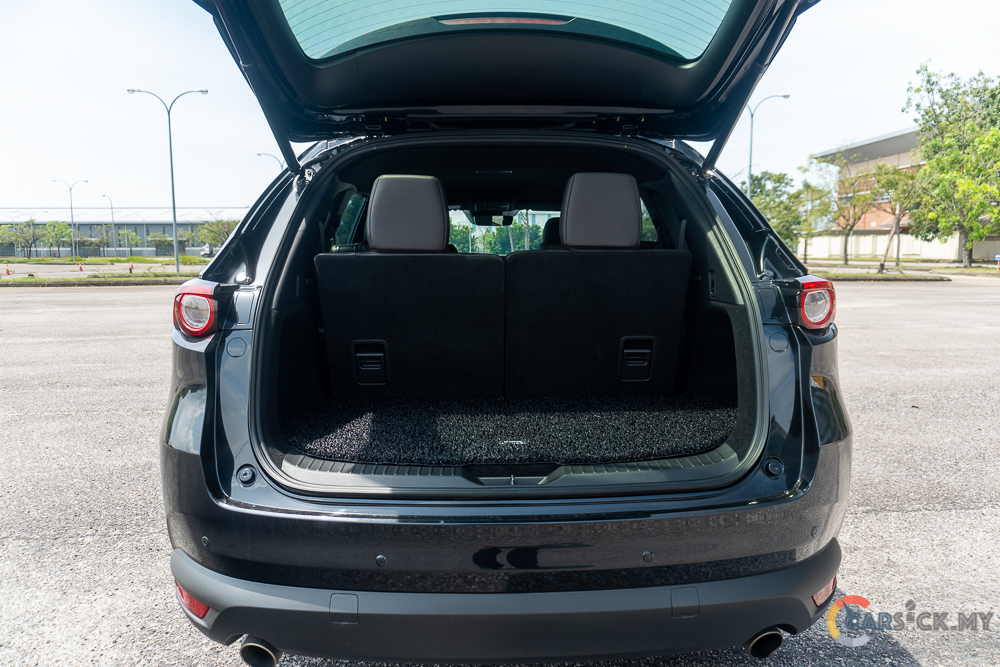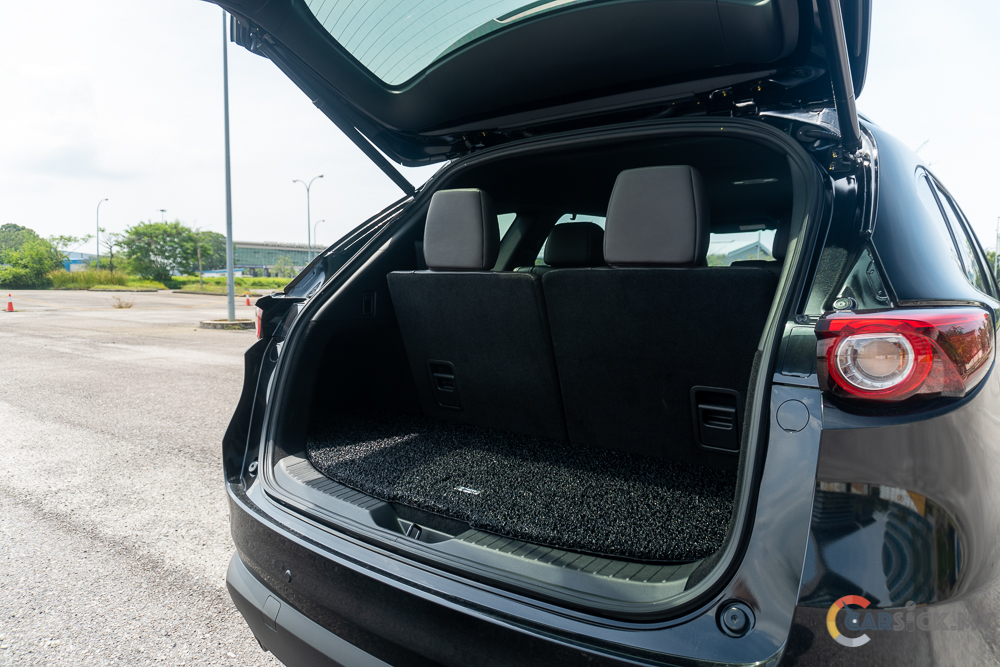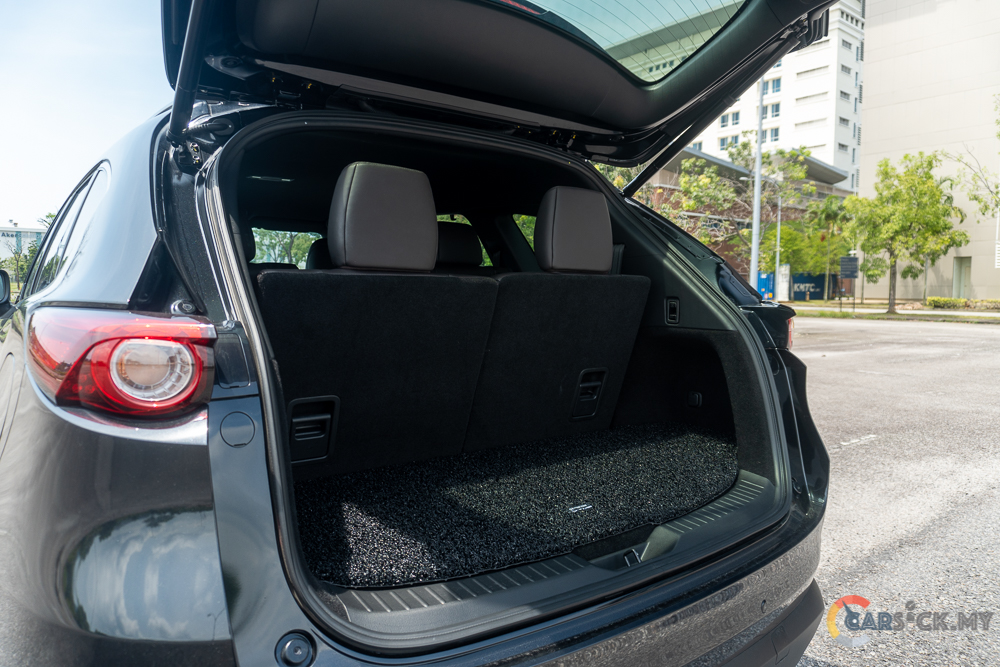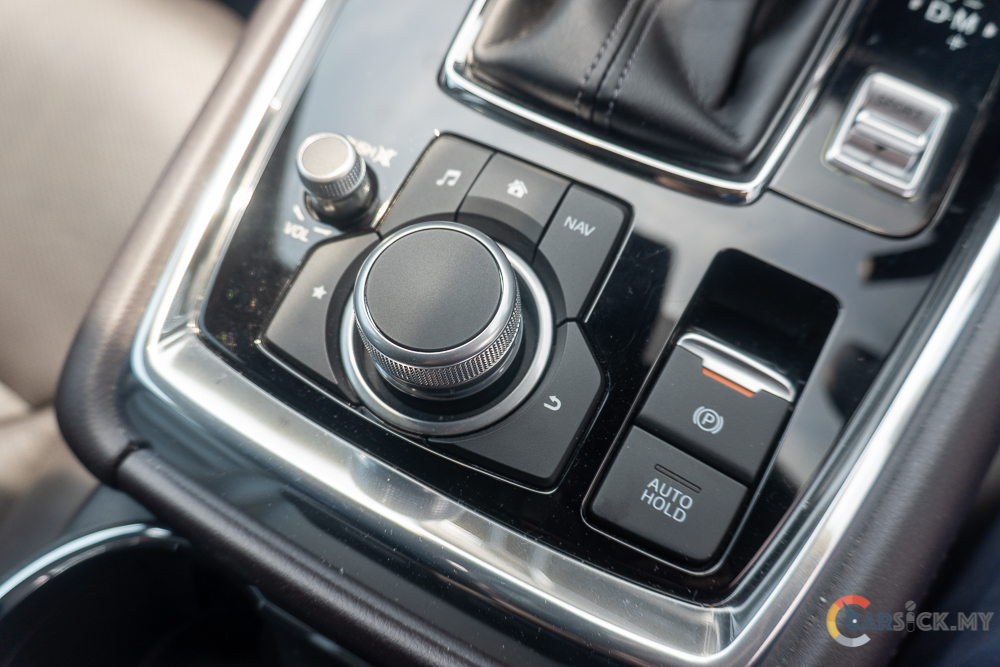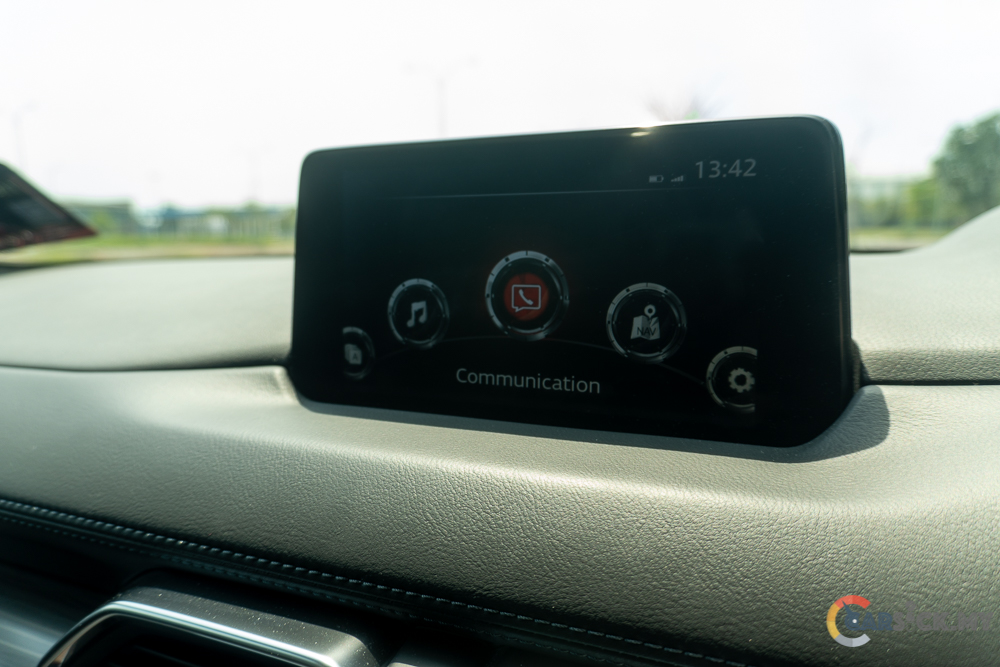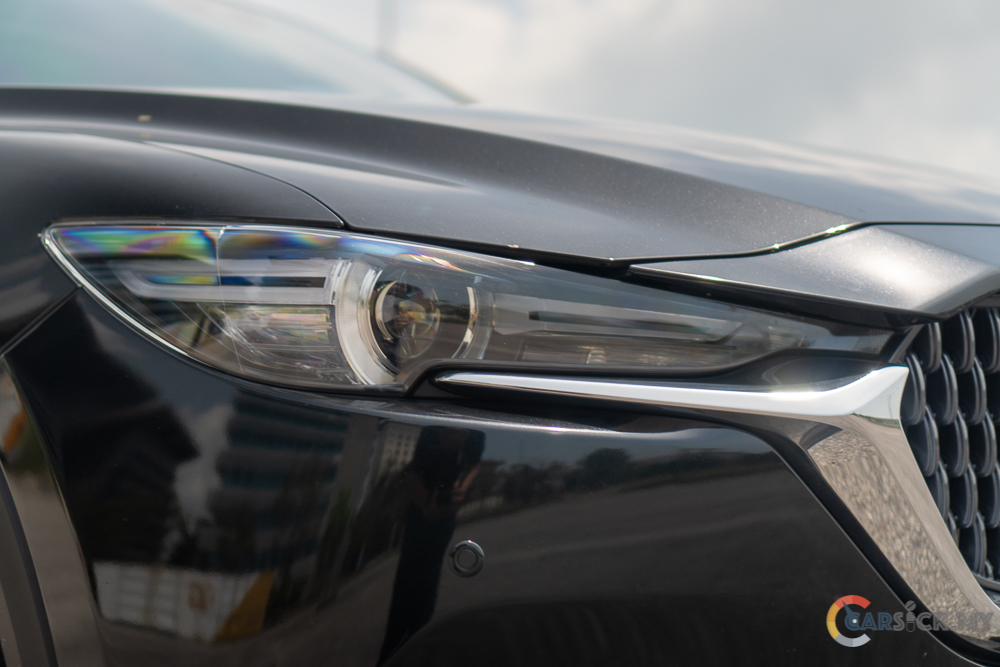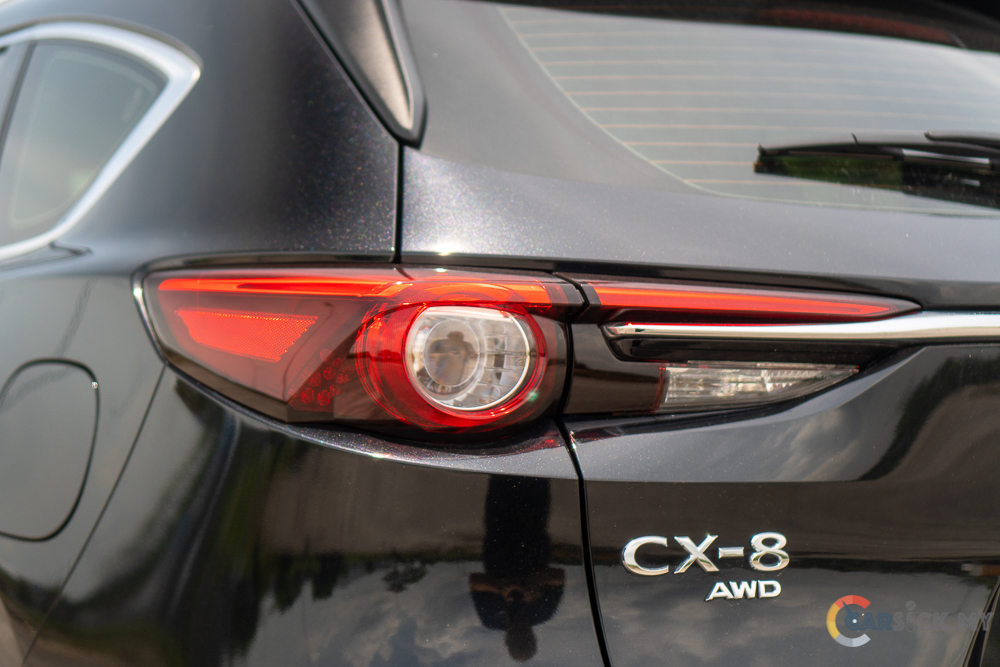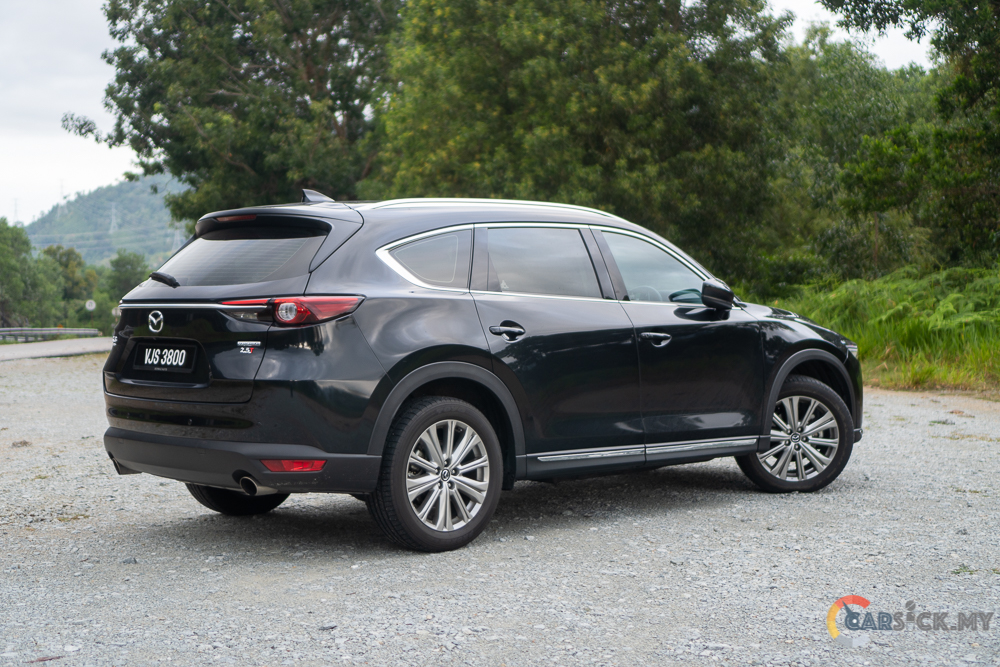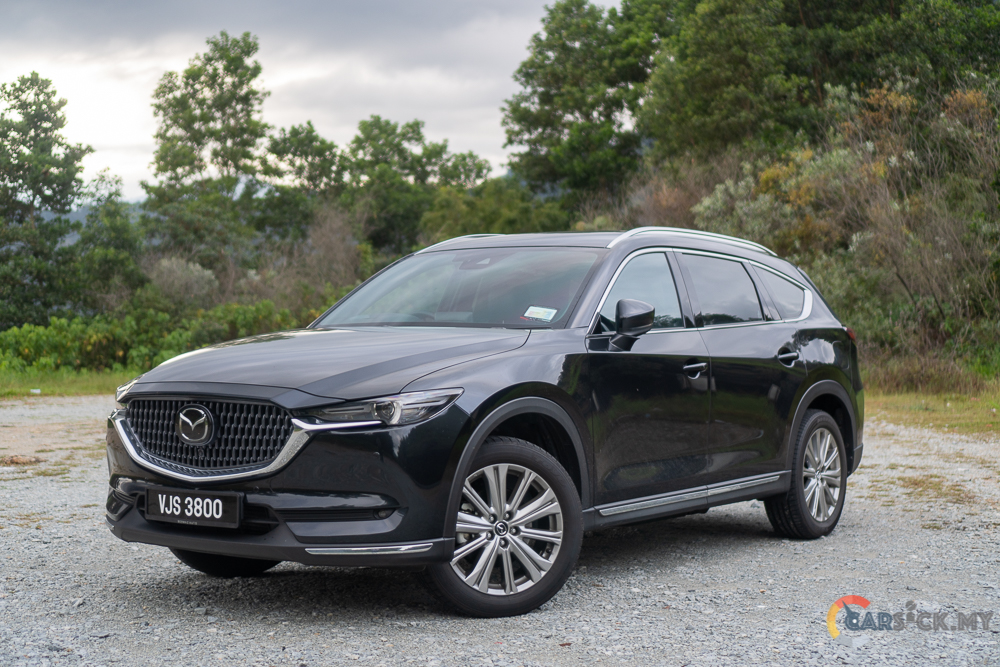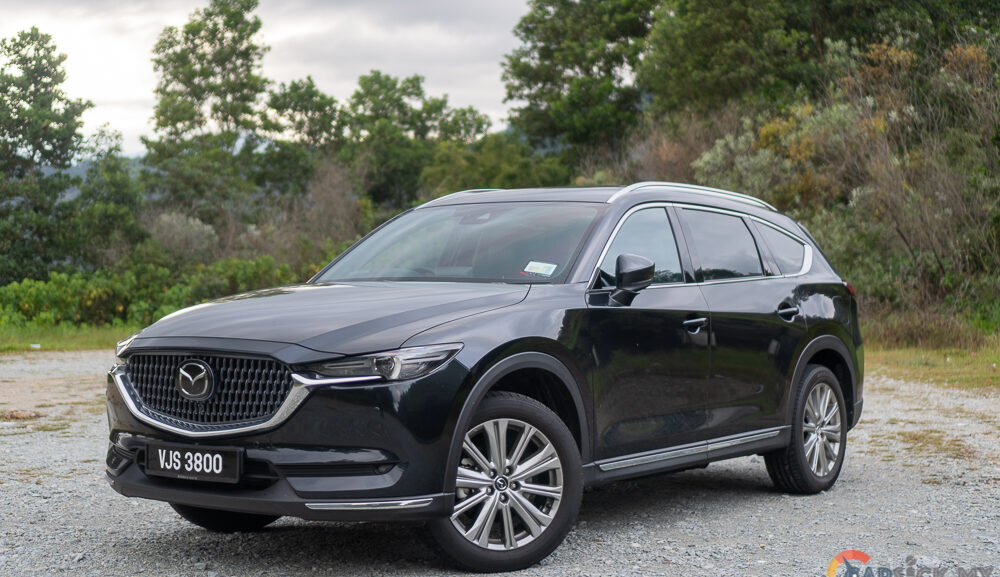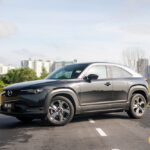In 2022, Mazda Malaysia updated the Mazda CX-8 with minor changes to maintain its appeal. Along with these updates, Mazda Malaysia introduced a new variant to the Malaysian market, the 2.5L turbo variant, which now holds the title of the most powerful CX-8 variant. While the CX-8 diesel was previously considered a viable option compared to the naturally aspirated versions of the SUV, the need for this engine in the CX-8 is now up for debate. Therefore, I will be putting the CX-8 turbo to the test to determine if this SUV truly requires the turbo engine.
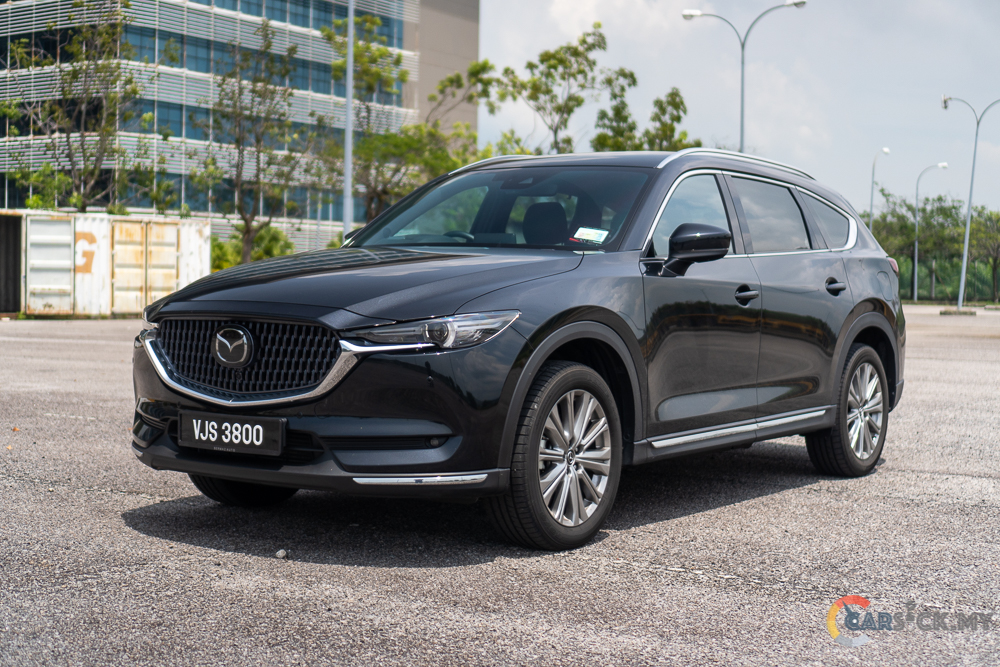
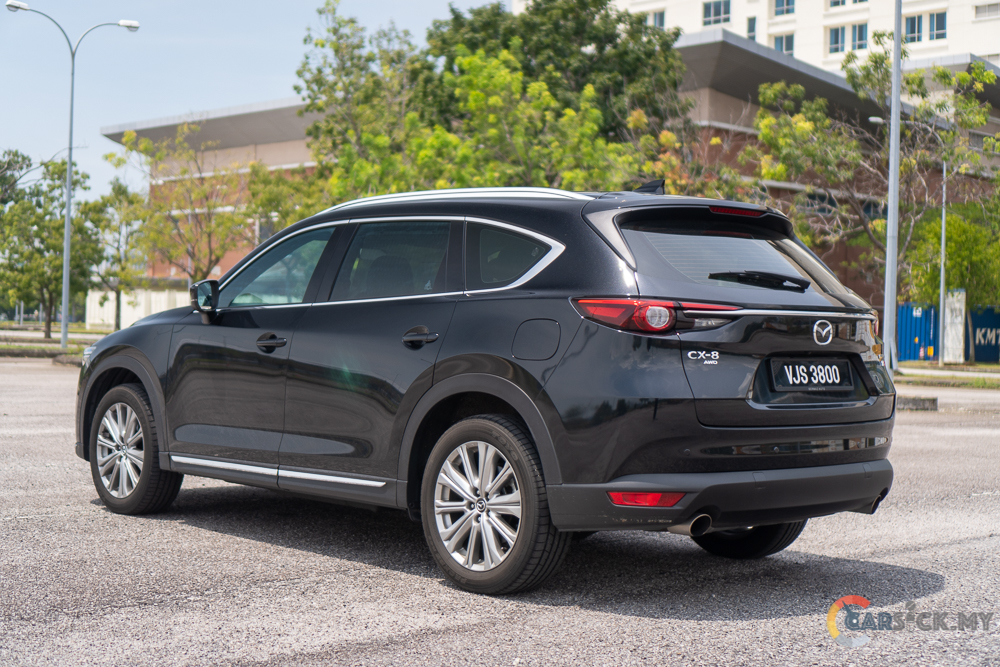 For this latest update, the CX-8 has undergone minor modifications to its exterior. The front grille has been revamped with an elegant 3D pattern, making it easy to identify the updated version. In addition, a new roof rack has been installed, providing owners with the option of attaching a roof box. Lastly, the 2022 CX-8 features redesigned 19-inch rims, giving it a more contemporary appearance. The tire size has remained unchanged at 225/55 R19 to ensure optimal grip.
For this latest update, the CX-8 has undergone minor modifications to its exterior. The front grille has been revamped with an elegant 3D pattern, making it easy to identify the updated version. In addition, a new roof rack has been installed, providing owners with the option of attaching a roof box. Lastly, the 2022 CX-8 features redesigned 19-inch rims, giving it a more contemporary appearance. The tire size has remained unchanged at 225/55 R19 to ensure optimal grip. 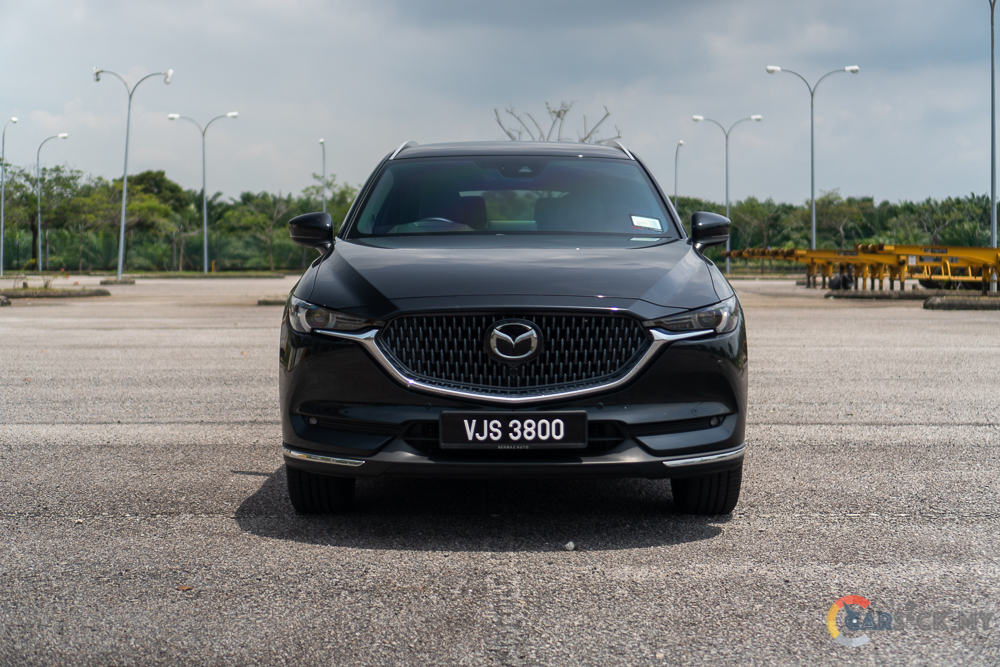
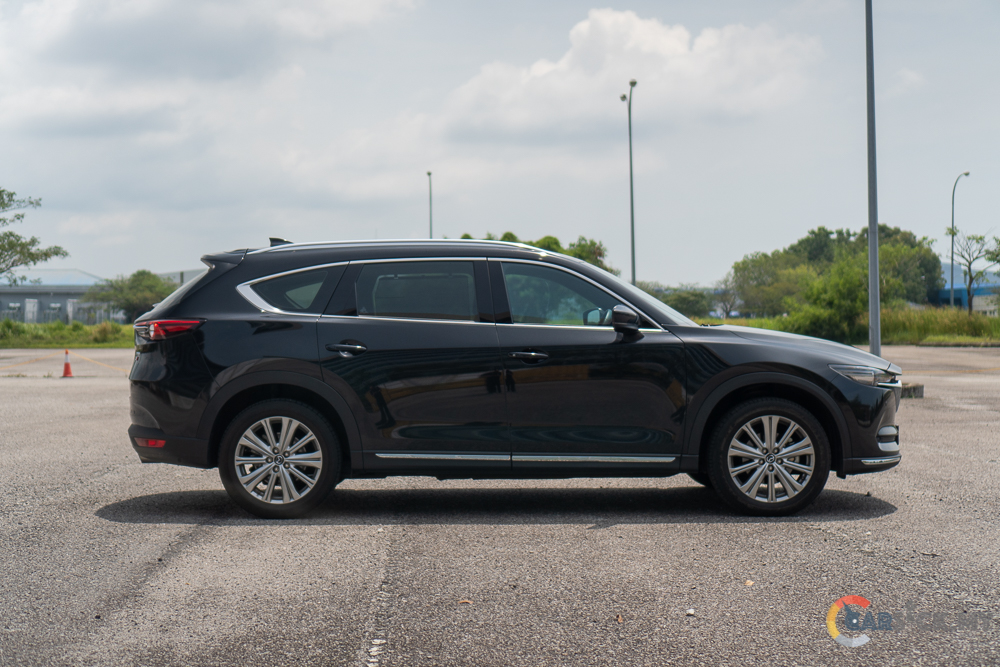

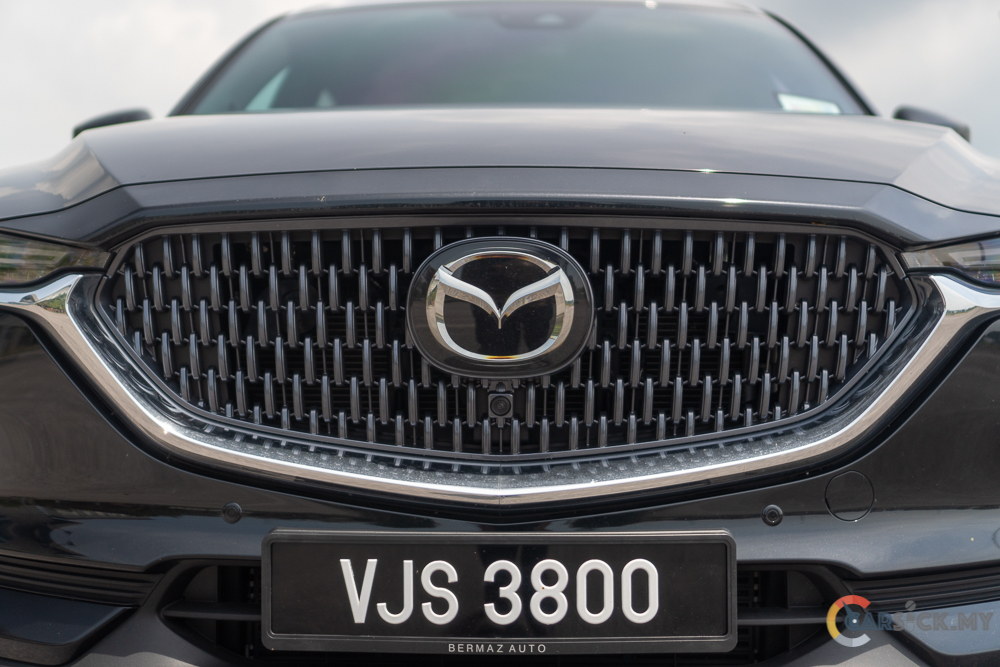
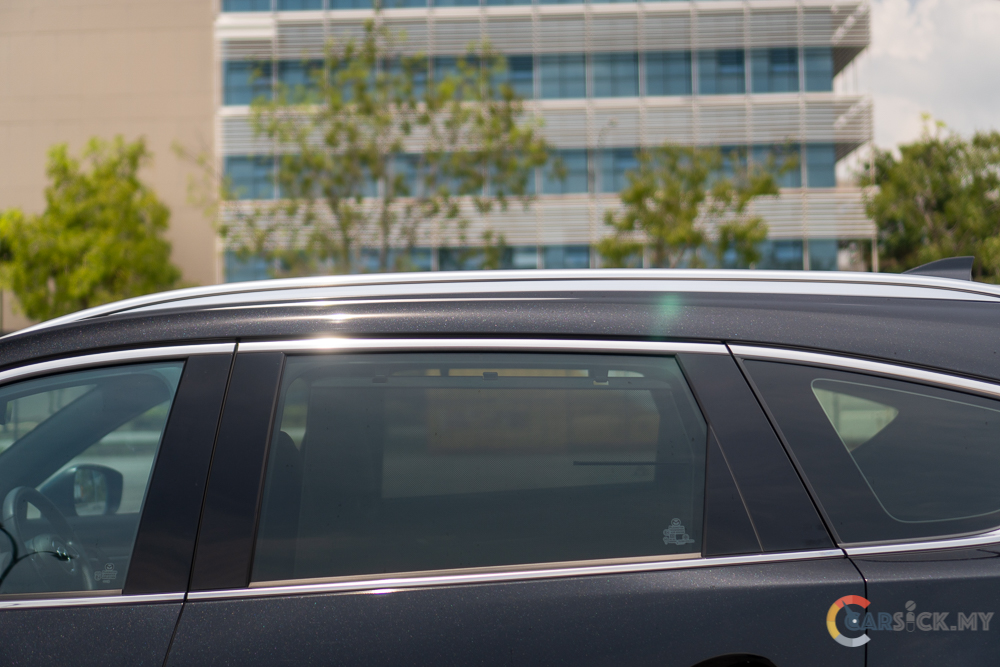
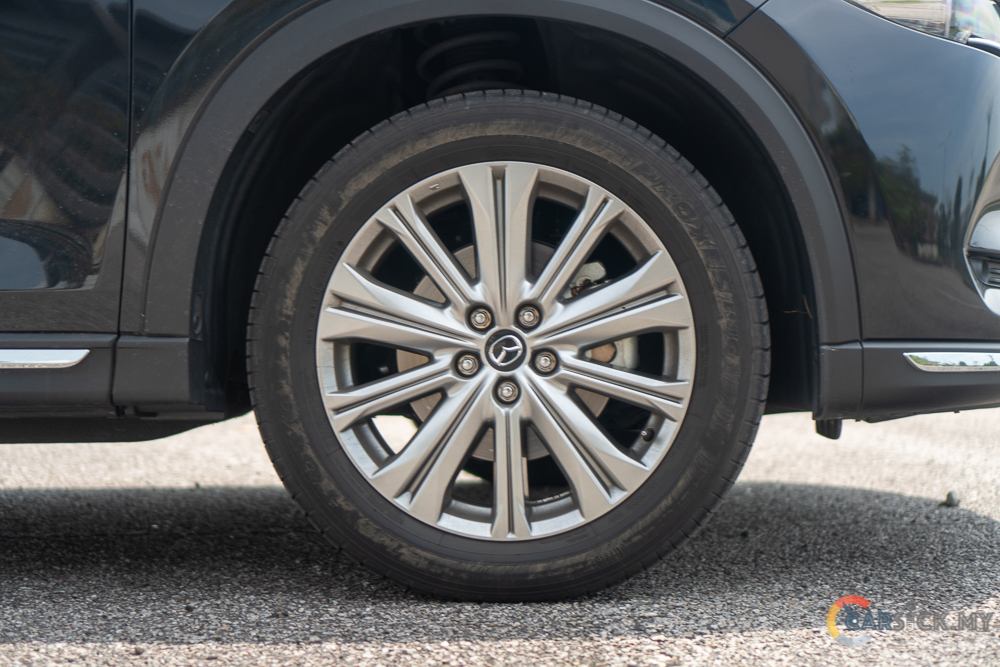
On the inside, the updates are even more subtle compared to the exterior changes. While the dashboard remains largely unchanged, a new instrument cluster has been introduced that is shared with the CX-30 model. This updated cluster now includes a digital speedometer. Additionally, Mazda Malaysia has made some improvements to the infotainment system to enhance the user experience. Notably, the CX-8 now supports wireless Apple Carplay, and a 360-degree camera has been added to provide better visibility of the vehicle’s surroundings. Unfortunately, the resolution of the infotainment screen has not been improved and remains on the lower side. 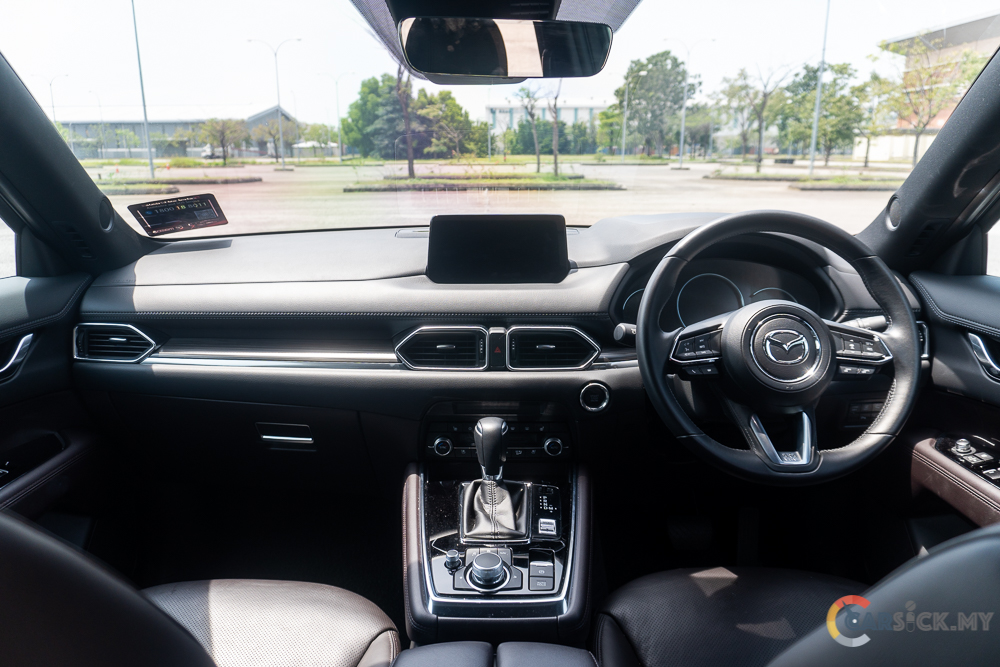

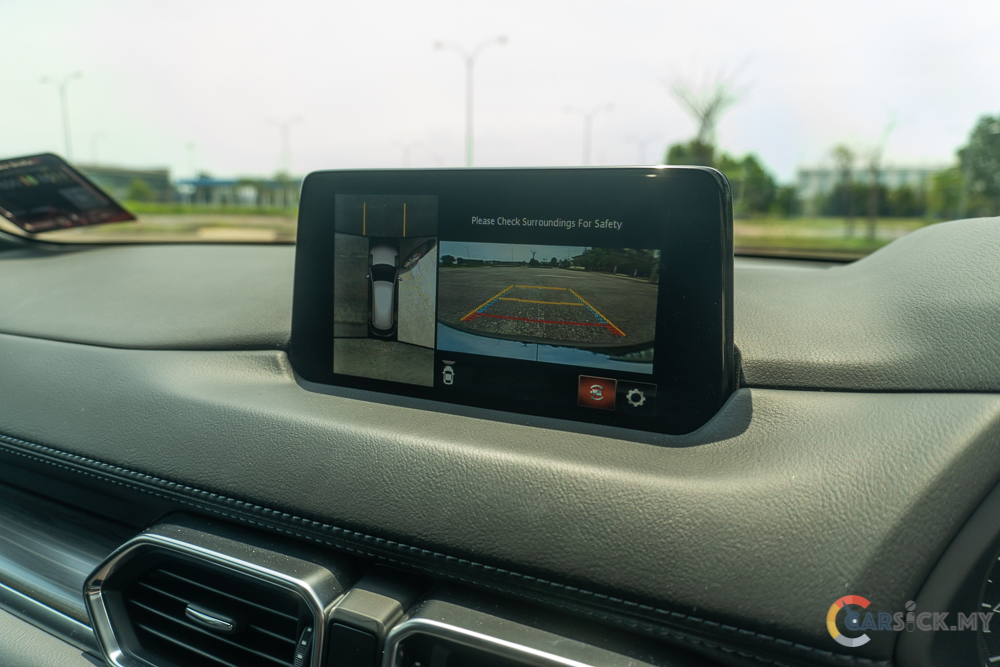
Apart from that, regular halogen lighting was being used in the CX-8, which detracted from the overall luxurious feel of the interior. To rectify this, Mazda has incorporated LED lighting, giving the interior a more high-end appearance. Additionally, the CX-8 now features a wireless charging pad, enabling owners to charge their phones wirelessly when necessary. Although the seats are similar to the pre-facelift model, the updated SUV offers second-row passengers a manual sunshade to provide shade when desired. 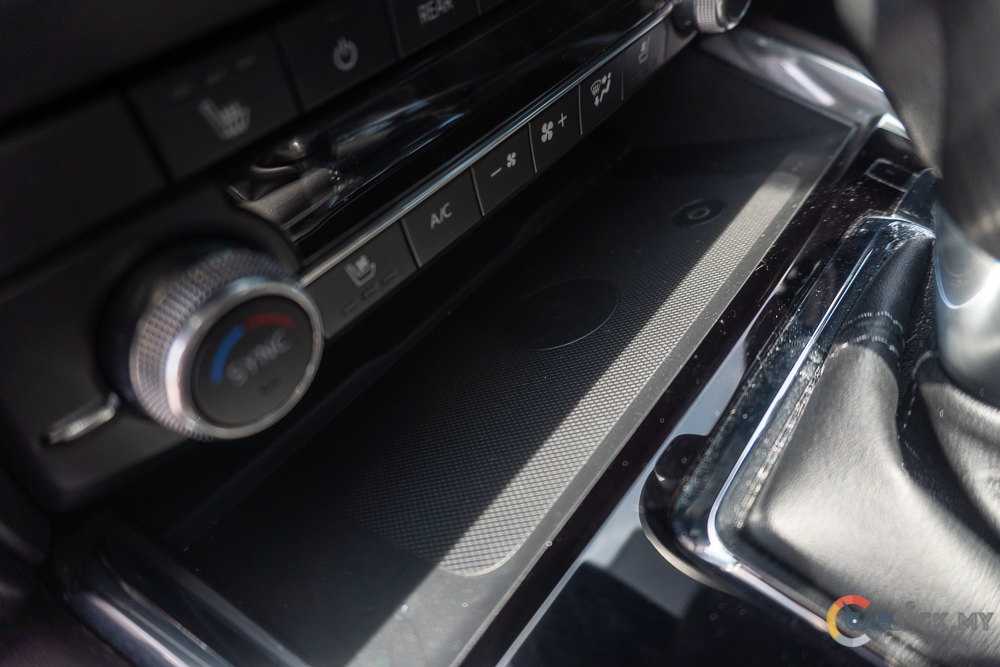
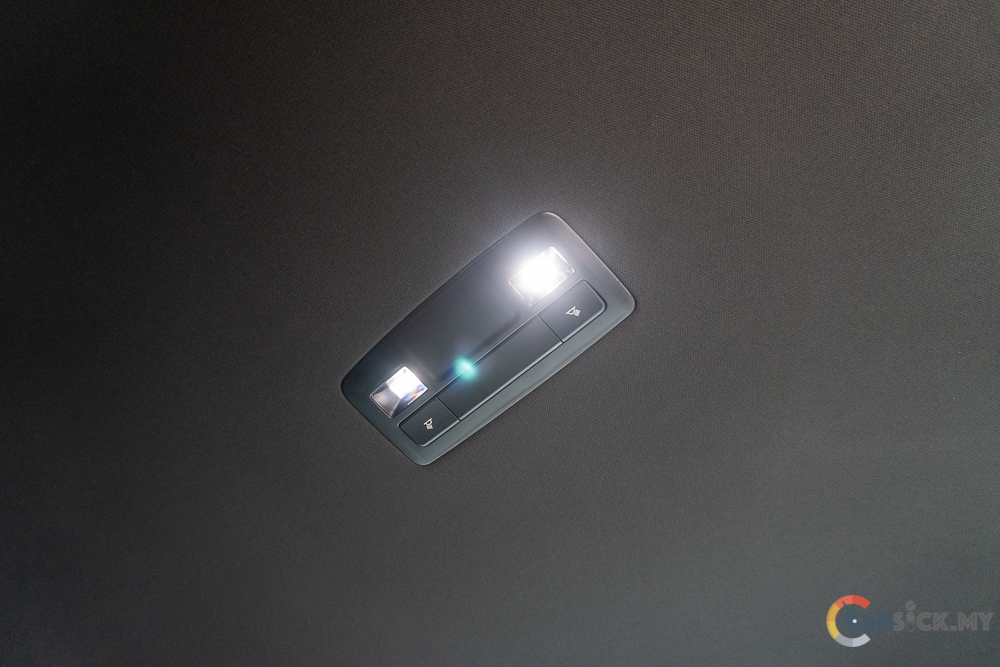
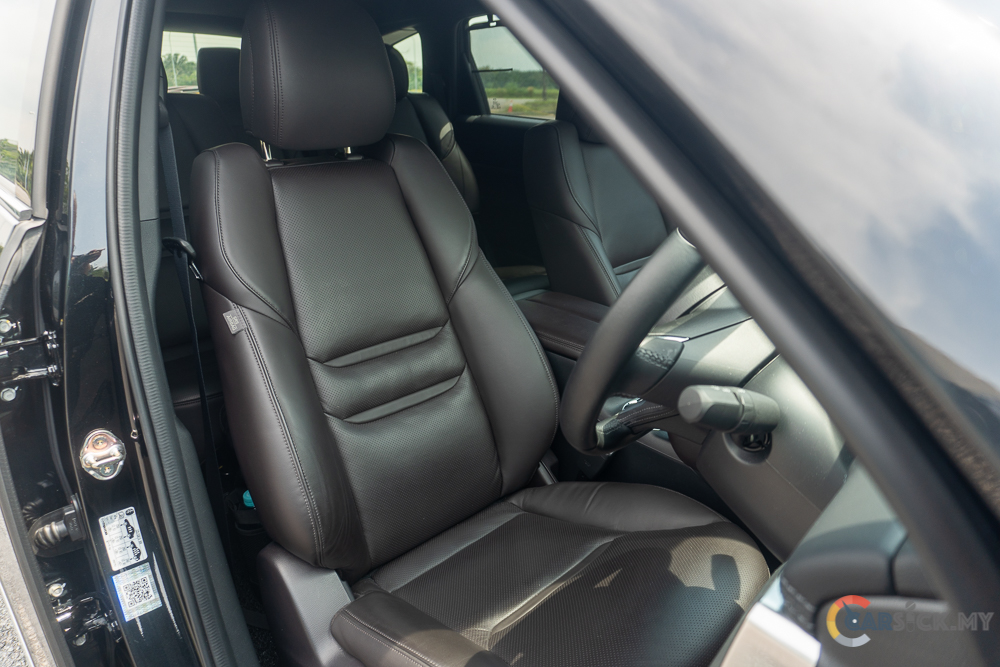
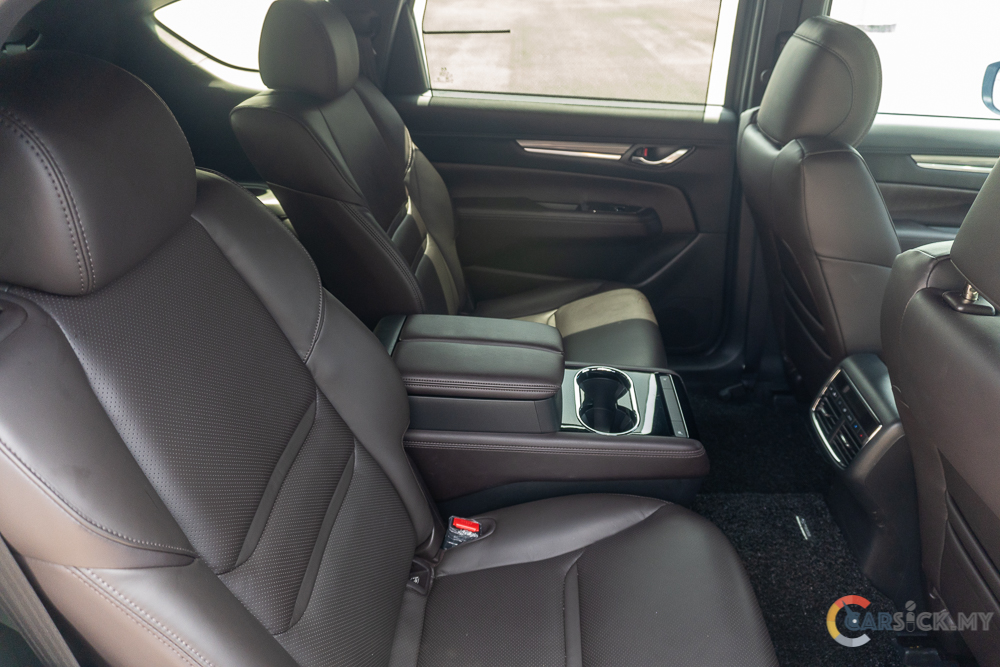
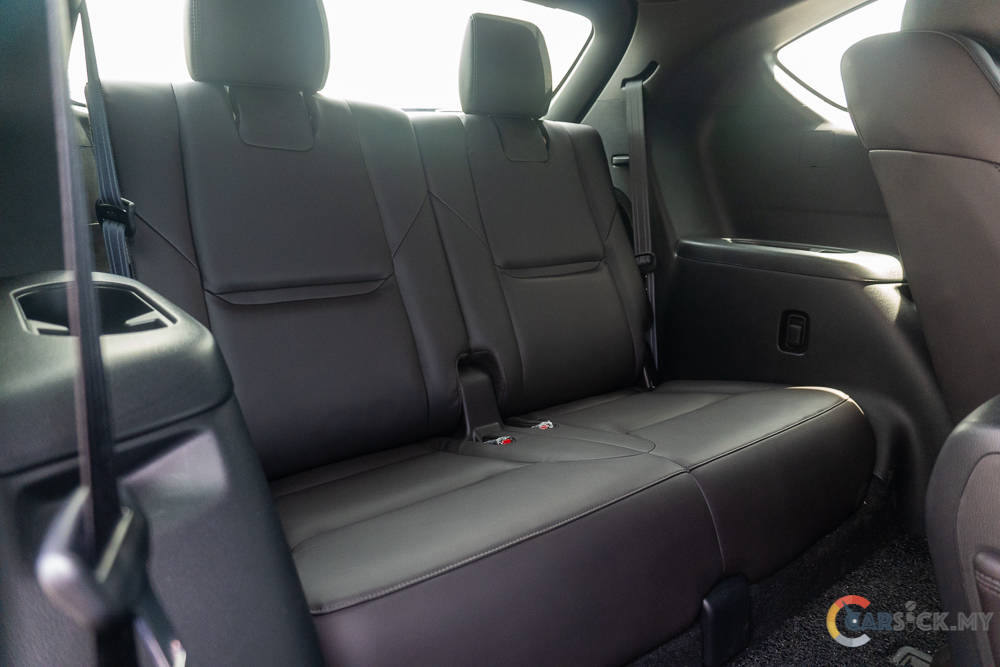
The star of the show for the updated Mazda CX-8 is the 2.5L turbocharged 4 cylinder engine. This engine is shared with the Mazda CX-5 and CX-9 models and produces an impressive output of 228 hp at 5,000 rpm, with a total torque of 420 Nm at 2,000 rpm. The 6-speed automatic transmission is also similar to the ones found in the other two SUVs, and the all-wheel-drive system provides power to all four wheels. 
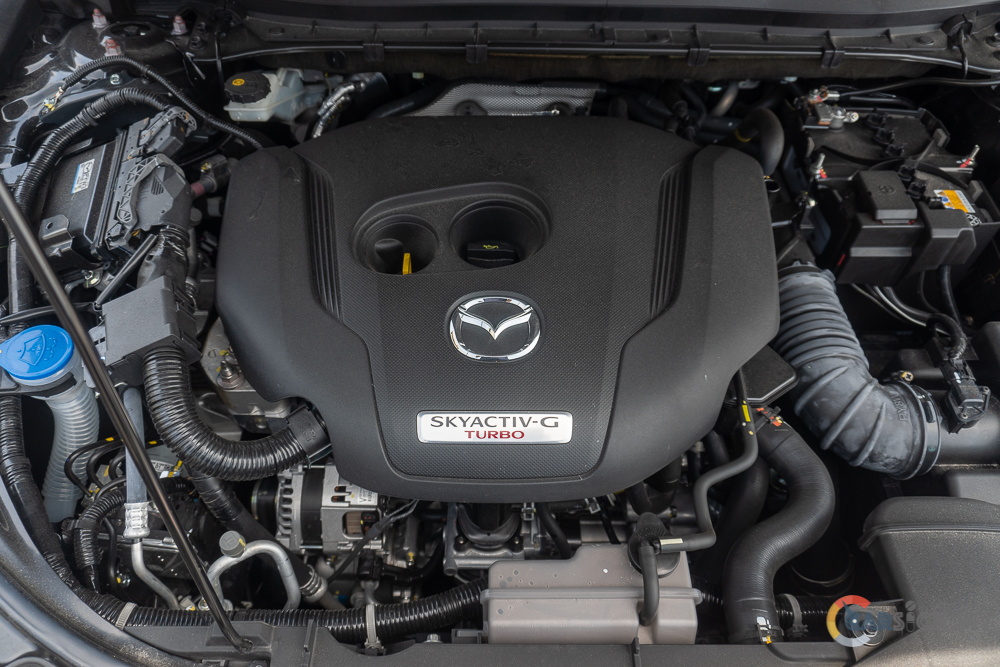
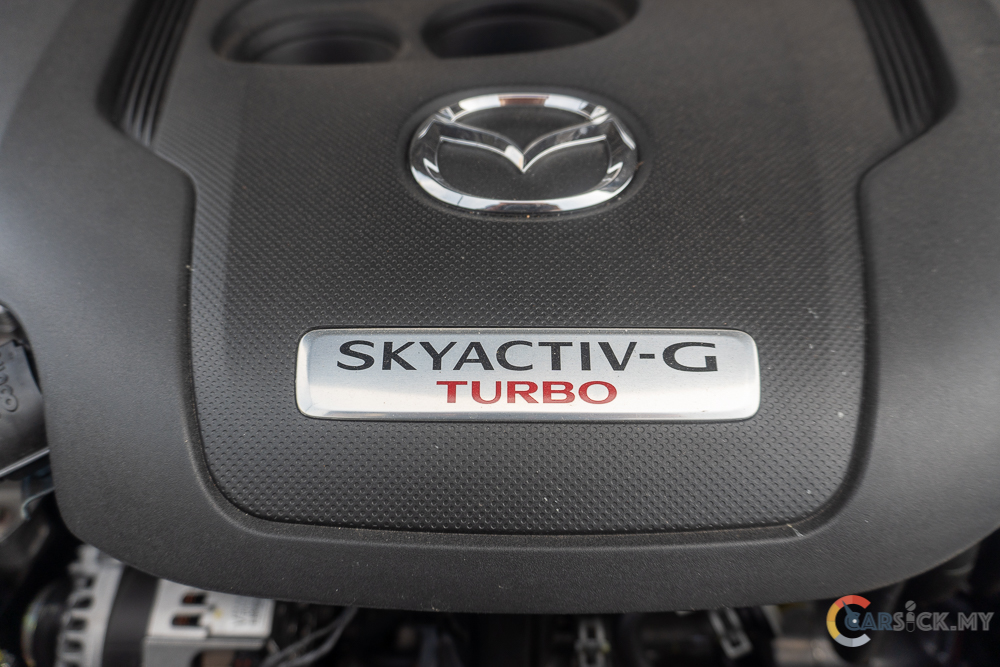
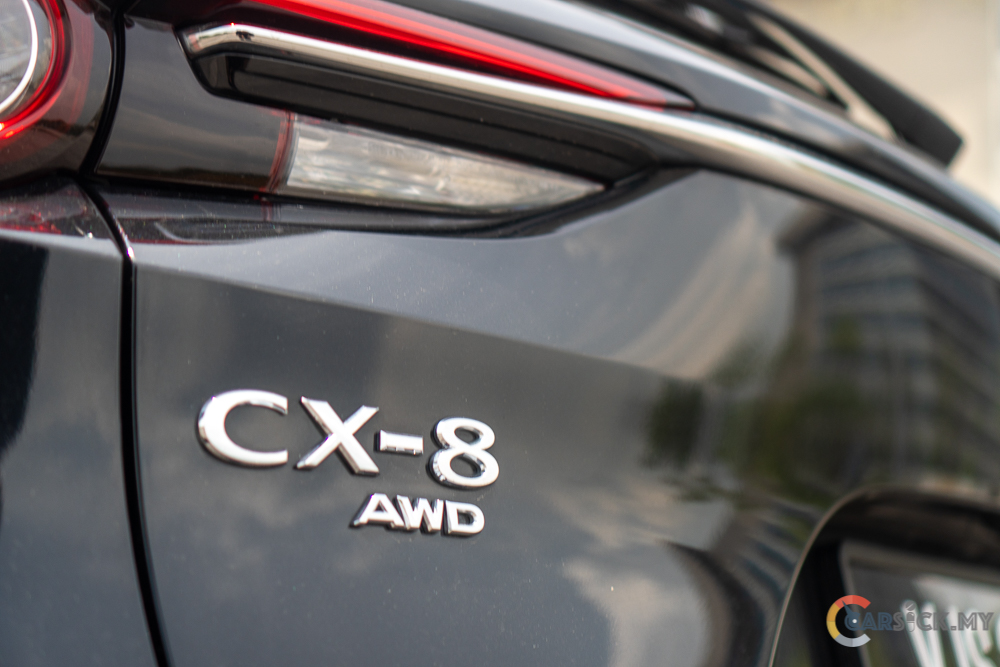
Regarding its performance, the engine of this SUV possesses enough torque to accelerate it, although it is slightly less responsive compared to the naturally aspirated variants. Moreover, the all-wheel-drive system adds extra strain on the powertrain, which becomes evident when you suddenly hit the accelerator. Nevertheless, under normal driving conditions, the engine has enough time to react, making this issue insignificant. However, in terms of fuel efficiency, this powertrain has a drawback. During my review period, I was unable to achieve fuel consumption below 10L/100km, and my average fuel economy was 12.7L/100km, which I consider to be one of its downsides.
In terms of handling, the CX-8 exhibits similar traits to its other variants. The steering provides precise and well-balanced feedback, giving drivers the ability to confidently maneuver the vehicle during spirited driving. However, the CX-8’s tall build and soft suspension inevitably result in noticeable body roll. Nevertheless, Mazda’s G-Vectoring Control (GVC) effectively manages the body roll, making it highly controllable. Additionally, the CX-8’s soft suspension allows for a comfortable ride over uneven terrain and bumps. 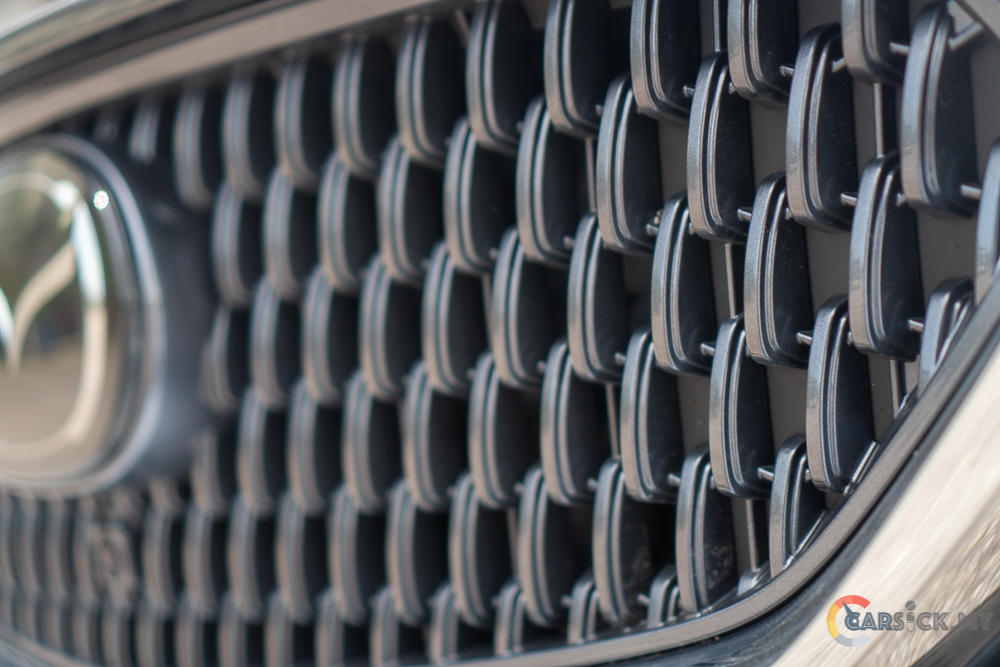
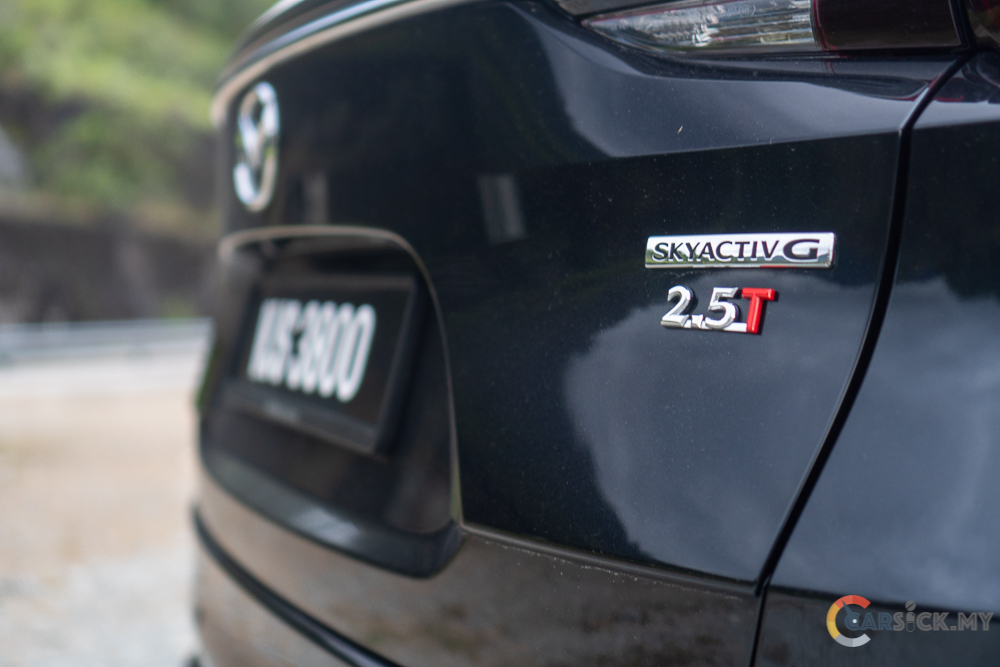
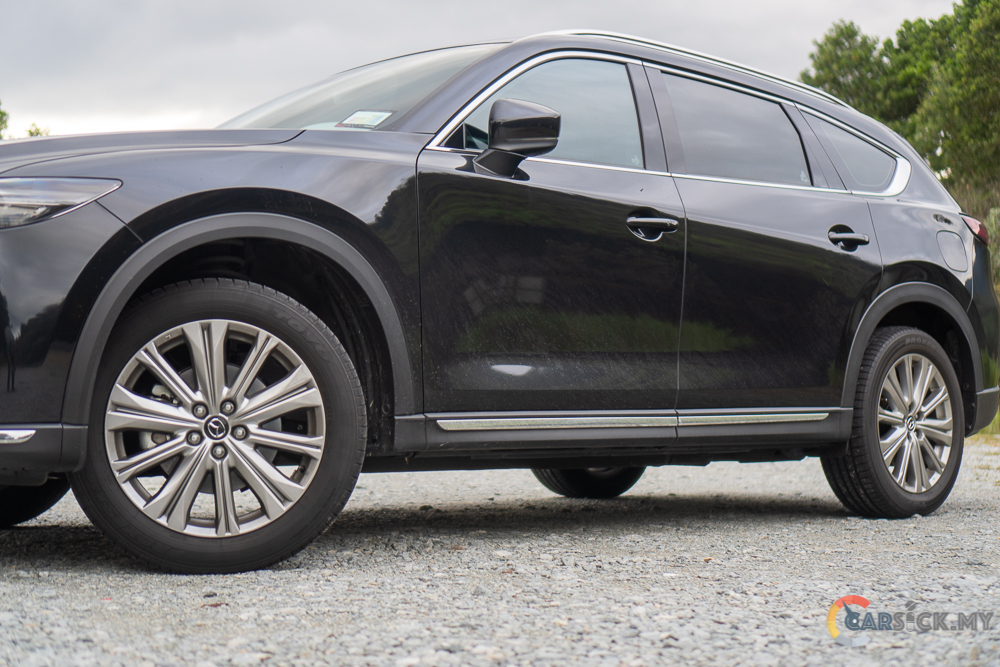
Despite having more power, the brakes of the 2.5L turbo CX-8 are still adequate for daily driving, but they need to work harder to cope with the increased performance. The CX-8 has also received some safety enhancements in its driver assistance system. The Mazda Radar Cruise Control (MRCC) is now capable of operating at any speed, allowing the SUV to crawl in traffic. The CX-8 also features lane centering assist and full-speed automatic emergency braking (AEB), making it even safer than before.
In terms of safety and driver assistance systems, the CX-8 offers a range of features to ensure the well-being of passengers. The safety systems include 6 airbags, anti-lock braking system (ABS), electronic brake-force distribution (EBD), brake assist (BA), dynamic stability control (DSC), traction control system (TCS), emergency stop signal (ESS), and hill launch assist (HLA). Meanwhile, the driver assistance system includes adaptive front lighting system (AFS), high beam control (HBC), blind spot monitoring (BSM), rear cross-traffic alert (RCTA), lane departure warning system (LDWS), lane keep assist system (LAS), driver attention alert (DAA), smart city brake support (SCBS), smart brake support (SBS), and Mazda Radar Cruise Control (MRCC).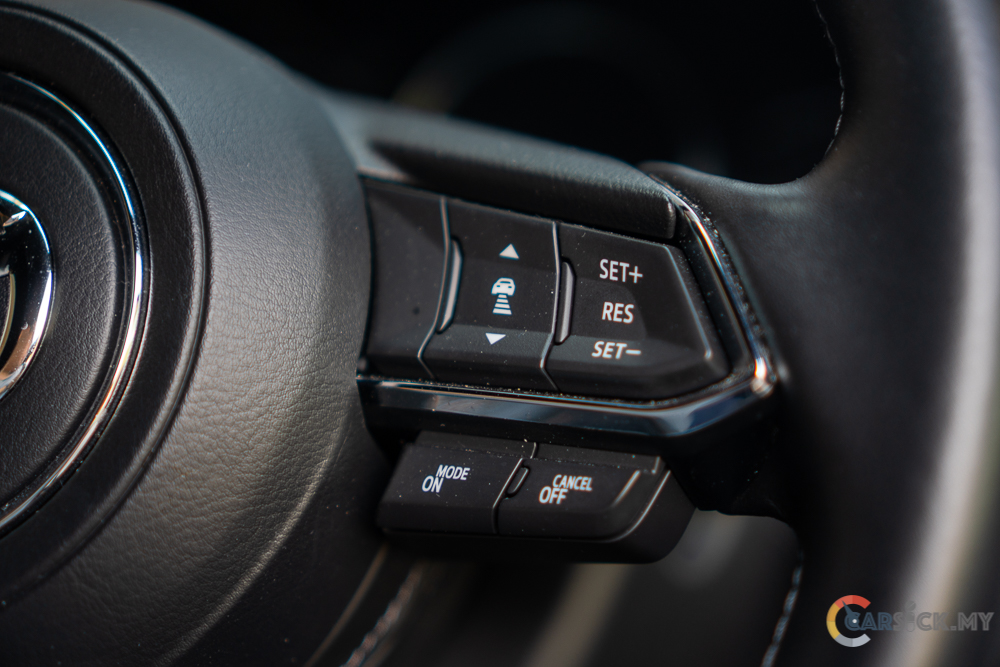
Regarding the matter at hand, is the turbocharged engine necessary for the CX-8? In my personal opinion, it is not a requirement. However, there may be potential customers who prefer a more potent CX-8. It is priced at RM 221,360.40, which is a reasonable cost for an SUV that can deliver with its 2.5L turbo engine. If it were up to me, I would still opt for the diesel model as my preferred choice.
Check out full photo album here. 